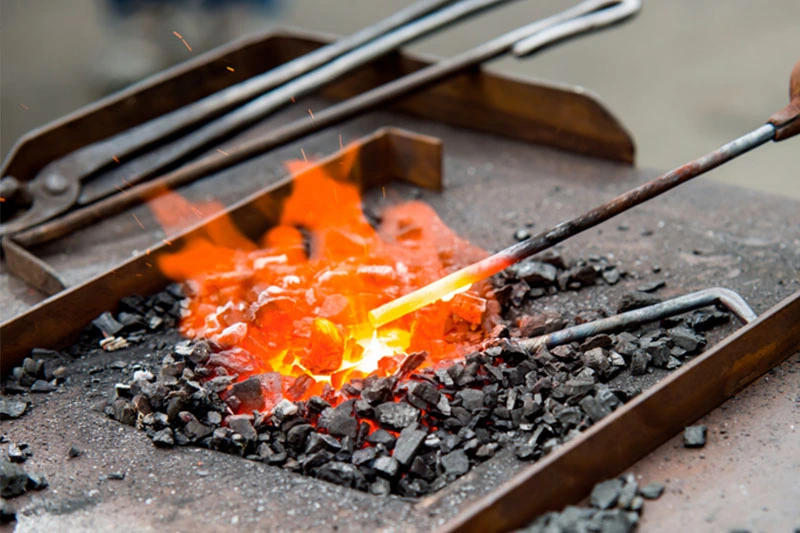
Fundamentals of Heat Transfer
This course dealing with heat transport phenomena in chemical engineering operations. Topics cover: Fundamentals of heat transfer; Heat transfer in fluids without phase change; Heat transfer in fluids with phase change; Heat transfer by radiation; Heat transfer equipment (including air coolers and cooling towers); Evaporation operations and equipment; safety aspects of heat transfer systems.
References:
- Bergman, T. L., Lavine, A. S., Incropera, F. P., & Dewitt, D. P. (2011). Fundamentals of Heat and Mass Transfer (7th ed.). John Wiley & Sons, Inc.
- Holman, J. P. (2010). Heat Transfer (10th ed.). McGraw-Hill.
- Bird, R. B., Stewart, W. E., Lightfoot, E. N., & Klingenberg, D. J. (2014). Introductory Transport Phenomena. John Wiley & Sons, Inc.
- Cengel, Y. A., & Ghajar, A. J. (2014). Heat and mass transfer: Fundamentals and applications (5th ed.). McGraw-Hill Professional.
Course Fee
Reviews
Schedule
Appointment with tutor(s)
Registration
Introduction to Heat Transfer
This session introduce the fundamentals of heat transfer. This session includes materials about:
- Physical Origins and Rate Equations (Conduction, Convection, Radiation)
- Relationship of Heat Transfer to Thermodynamics
- Relevance of Heat Transfer
One Dimensional Steady-State Conduction without Heat Generation
The materials discussed in this session includes:
- Conduction Rate Equation
- Thermal Properties of Matter
- Heat Diffusion Equation (Fourier's Law)
- Boundary and Initial Conditions
- Steady-state Conduction in a Plane Wall
- Steady-state Conduction in Radial Systems
One Dimensional Steady-State Conduction with Heat Generation
The materials discussed in this session includes:
- Conduction with Thermal Energy Generation - The Plane Wall
- Conduction with Thermal Energy Generation - Radial Systems
- Heat Transfer from Extended Surfaces
Two Dimensional Steady-State Conduction
The materials discussed in this session includes:
- Mathematical Analysis of Two-Dimensional Heat Conduction
- Conduction Shape Factors
- Finite-Difference Equations
Unsteady-State Conduction
Unsteady state conduction are commonly found in process industries. This session discuss:
- Lumped Capacitance Method
- Validity of Lumped Capacitance Method
- General Lumped Capacitance Analysis
- Semi-Infinite Solid
Principles of Convection
Convection is a way heat transfers through moving medium. This session discuss:
- Convection Boundary Layers
- Local and Average Convection Coefficients
- Laminar and Turbulent Boundary Layers
- Physical Interpretation of the Dimensionless Parameters
Forced Convection Systems: External Flow
Forced convection by external flow mostly found in our daily life, e.g. refrigeration. This session will also discuss:
- Empirical Method
- The Flat Plate in Parallel Flow
- Flow Across Cylinders
- Flow Across Spheres
- Flow Across Tube Banks
Forced Convection Systems: Internal Flow
Forced convection by internal flow mostly found in process engineering cases, e.g. pipe flow. This session also includes materials in:
- Hydrodynamic Considerations
- Thermal Considerations
- Laminar Flow in Circular Tubes
- Turbulent flow in Circular Tubes
- Noncircular Tubes and the Concentric Tube Annulus
- Flow in Small Channels
Natural Convection Systems
Natural convection is when the convection process happend without the influence of external or internal factors. This session discuss:
- Physical Considerations
- Laminar Free Convection on a Vertical Surface
- Free Convection from Vertical Planes and Cylinders
- Free Convection from Horizontal Plates and Cylinders
- Free Convection from Inclined Surfaces
- Free Convection from Spheres
- Free Convection in Enclosed Spaces
- Combined Free and Forced Convection
Boiling and Condensation
Latent heat influenced the process of boiling and condensation. The materials that will be discuss in this session are:
- Dimensionless Parameters in Boiling and Condensation
- Boiling Models
- Pool Boiling
- Forced Convection Boiling
- Physical Mechanism of Condensation
- Laminar and Turbulent Film Condensation
- Condensation in Horizontal Tubes
Heat Exchangers
Heat exchangers is one of the most used process equipments in process industries. This session will discuss heat exchanger, which includes:
- Heat Exchangers Types
- Overall Heat Transfer Coefficient
- Fouling Factors
- Log Mean Temperature Difference (LMTD)
- The Effectiveness - NTU Method
- Heat Exchangers Design and Performance Calculations
Radiation: Processes and Properties
Radiation is a heat transfer process without medium. This session will discuss:
- Concept of Radiation
- Radiation Heat Fluxes
- Radiation Intensity
- Blackbody Radiation
- Emission from Real Surfaces
- Absorption, Reflection, and Transmission by Real Surfaces
- Kirchoff's Law
- The Grey Surfaces
- Environmental Radiation
Radiation: Exchange Between Surfaces
Radiation works if there are two or more surfaces exists. This session will discuss:
- The Shape Factor
- Blackbody Radiation Exchange
- Radiation Exchange between Opaque, Diffuse, Gray Surfaces in an Enclosure



